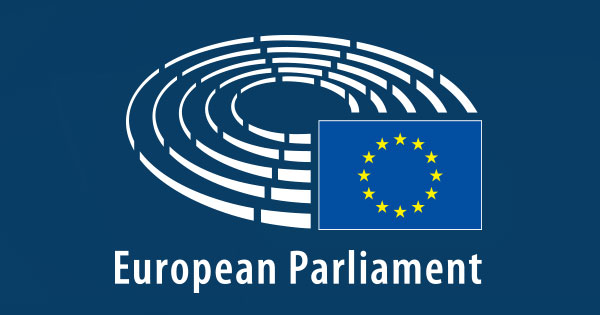At Parliament’s request, the deal foresees the aim of a zero hydrofluorocarbons (HFCs) goal by 2050, together with a trajectory to cut back the EU consumption quota between 2024-2049 (Annex VII). Phasing out HFCs consumption in the EU is a transparent market sign and would align the up to date guidelines with the EU’s 2050 climate neutrality goal.
Negotiators agreed on strict necessities that prohibit the putting on the EU market of merchandise containing F-gases (Annex IV), to stimulate the uptake of extra climate-friendly options and to supply certainty for producers and traders.
The deal consists of particular phase-out dates for the use of F-gases in sectors the place it’s technologically and economically possible to modify to options that don’t use F-gases, akin to home refrigeration, air-con and warmth pumps.
The settlement additionally covers strict situations and deadlines for the use of F-gases with excessive international warming potential for the servicing or upkeep of several types of tools.
Quote
Rapporteur Bas Eickhout (Greens/EFA, NL) mentioned: “We have reached an bold deal that may put an finish to F-gases. That is essential, not solely as a result of these gases are extraordinarily dangerous for the local weather, however we’re additionally offering readability for corporations and thereby funding certainty. We’re breaking the limitless cycle of recent chemical cocktails that threat dragging applied sciences like warmth pumps and switchgear – that are key for our vitality transition – into the PFAS-debate. European corporations are already at the forefront of creating clear options to F-gases, so this regulation might be good for the local weather and the European financial system.”
Subsequent steps
Parliament and Council must formally approve the settlement earlier than it could possibly come into drive.
Background
Fluorinated greenhouse gases, which embody hydrofluorocarbons (HFCs), perfluorocarbons (PFCs), sulphur hexafluoride and nitrogen trifluoride, are man-made greenhouse gases (GHG) with excessive international warming potential. They’re used in widespread home equipment akin to fridges, air-conditioning, warmth pumps, fireplace safety, foams and aerosols. They’re lined by the Paris Agreement along with CO2, methane and nitrous oxide and account for round 2,5% of EU’s GHG emissions.
Extra discount of F-gases emissions is required to contribute to EU climate objectives and adjust to the Kigali Amendment to the Montreal Protocol on Substances that Deplete the Ozone Layer. Parliament and Council additionally agreed earlier this year on measures to chop down the emissions of ozone-depleting substances.
